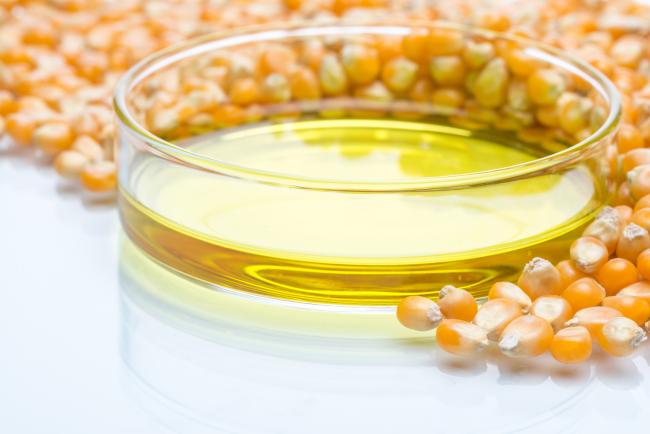How high fructose intake may trigger fatty liver disease
September 15, 2020
How high fructose intake may trigger fatty liver disease
At a Glance
- A study suggested that consuming high amounts of fructose may promote non-alcoholic fatty liver disease by damaging the intestinal barrier.
- The findings could lead to new treatment and prevention strategies for fatty liver disease.

Fructose is a common type of sugar in the American diet. A major source of fructose is high fructose corn syrup (HFCS), an inexpensive substitute for cane sugar that was introduced in the 1970s. It’s now used to sweeten a variety of foods, including soda, candy, baked goods, and cereals. Studies have linked excessive consumption of HFCS and other added sugars to health problems like obesity, diabetes, and heart disease.
Studies suggest that high fructose intake may increase the risk of non-alcoholic fatty liver disease (NAFLD), in which too much fat is stored in liver cells. Fatty liver disease can lead to liver inflammation and liver damage, resulting in a more aggressive disease called non-alcoholic steatohepatitis (NASH). NASH can progress to scarring of the liver (cirrhosis), liver cancer, and liver failure.
Scientists have been unsure how fructose might contribute to NAFLD. A research team led by Dr. Michael Karin of the University of California, San Diego set out to explore fructose’s role in the disease. The work was funded by several NIH Institutes (see list below). Findings appeared in Nature Metabolism on August 24, 2020.
The researchers randomly assigned mice to receive either a high-fructose diet or a control diet with the equivalent calories from corn starch (which then quickly breaks down into glucose, the sugar cells use for energy). Within a few months, mice on the high-fructose diet developed fatty livers and had greater rates of liver tumors than mice on the control diet. Mice bred to be prone to develop NASH showed clinical signs of the disease.
The team found that mice fed a high-fructose diet for long periods showed deterioration of their intestinal barrier. Intestines are lined with a layer of tightly packed cells covered with mucus. This barrier prevents bacteria and toxins from leaking into the bloodstream. Mice fed a high-fructose diet also had higher circulating levels of endotoxins—toxins released from certain bacteria when they die. The livers of these mice were inflamed.
The team discovered that leaked endotoxins prompted immune cells called macrophages to react and increase the production of cell signaling proteins that are involved in inflammation. Further experiments showed that these signaling proteins boosted levels of enzymes that convert fructose into fatty deposits in the liver.
Restoring the mice’s intestinal barrier prevented this fatty buildup in the liver. Using drugs and genetic manipulations, the team was able to stop the gut barrier deterioration from excessive fructose intake. This prevented the onset of severe fatty liver disease and liver tumors.
Experiments in human liver cells showed that similar cellular processes were at work in both species. Adding tumor necrosis factor (TNF), an inflammatory protein seen in the mice, to the human liver cells increased conversion of fructose into fat.
The findings from this study could lead to new ways to treat and prevent NAFLD, which affects an increasingly large percentage of the U.S. population.
“Unfortunately, many processed foods contain HFCS and most people cannot estimate how much fructose they actually consume,” Karin says. “Although education and increased awareness are the best solutions to this problem, for those individuals who had progressed to NASH, these findings offer some hope of a future therapy based on gut barrier restoration.”
—by Erin Bryant
Related Links
- Signature of Virus Exposure May Help Detect Liver Cancer
- Blocking Stomach Acid May Promote Chronic Liver Disease
- Reversing a Common Liver Disease
- New Drug for Common Liver Disease Assessed
- Nonalcoholic Fatty Liver Disease & NASH


